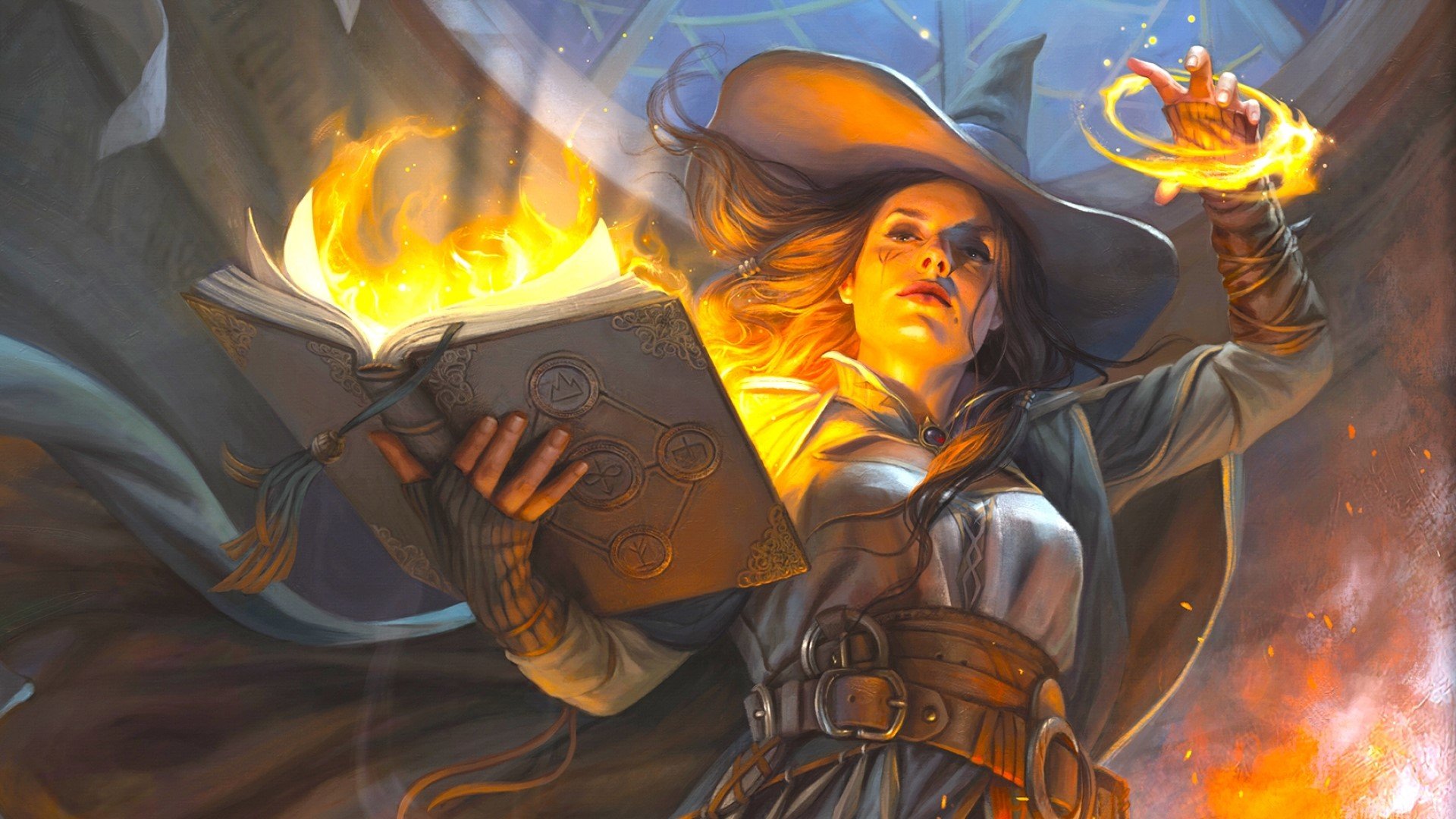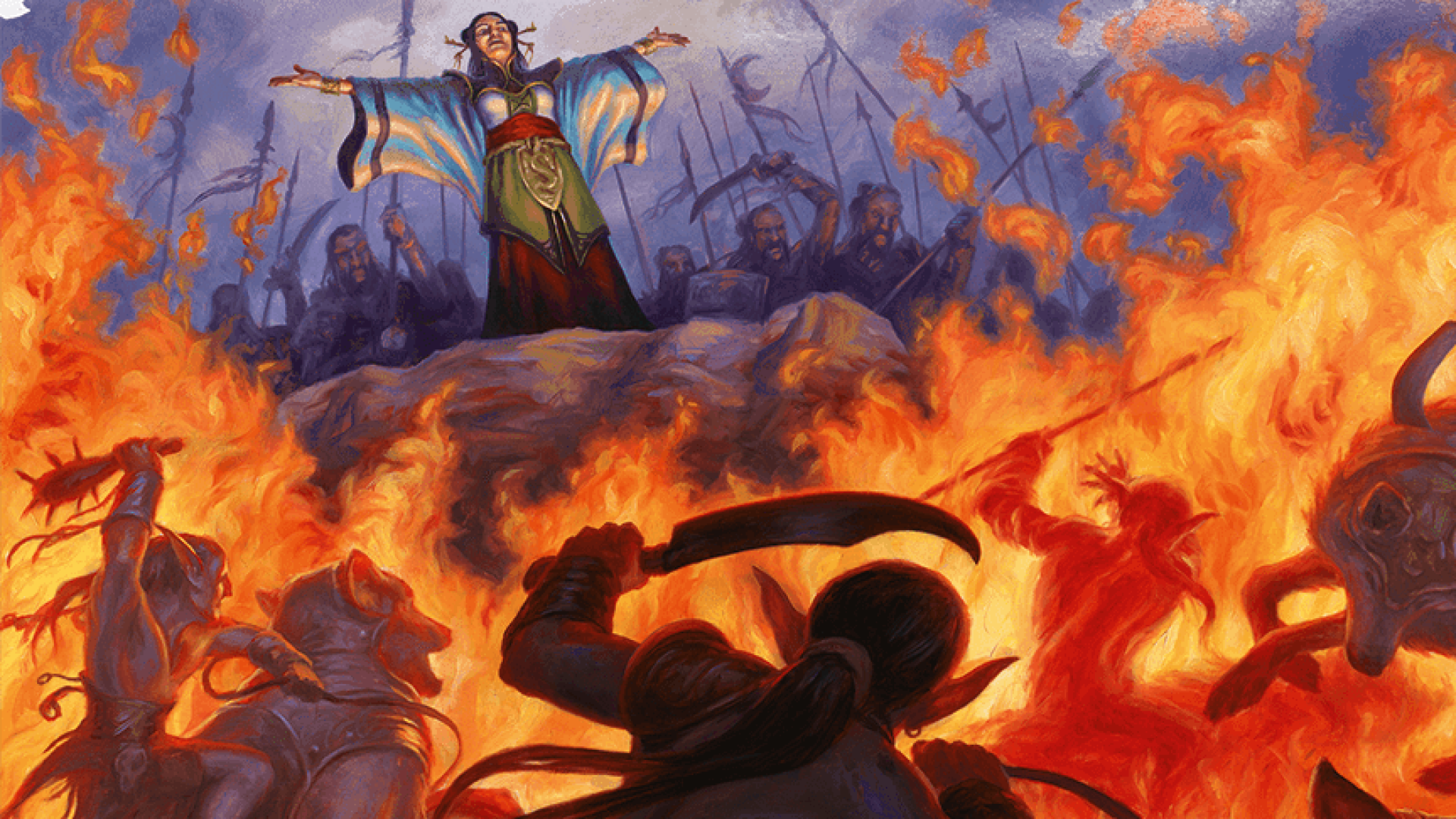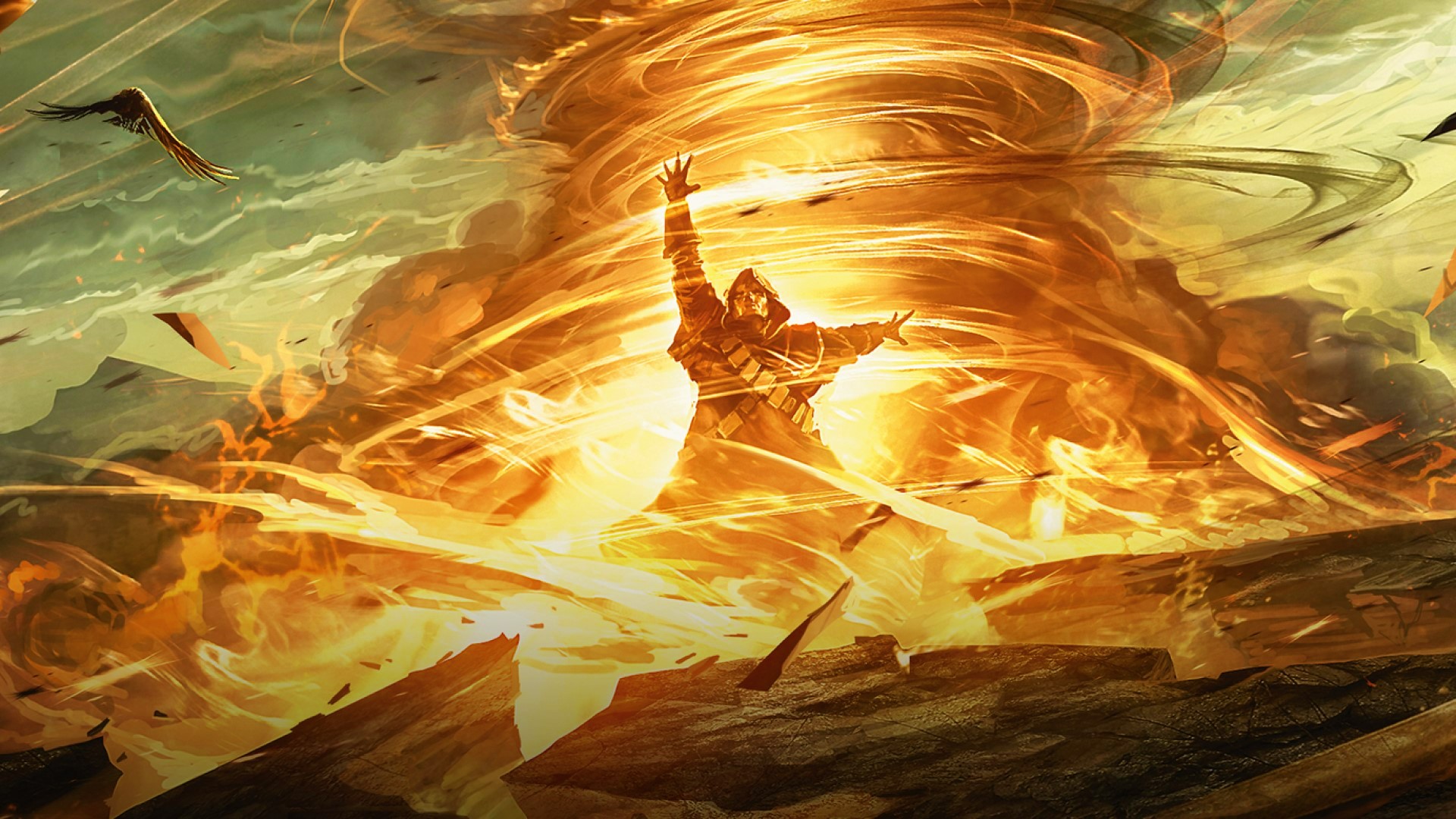The phrase kill it with fire can come to mind often in a DnD game. Whether you’re going toe to toe with one of the game’s titular dragons, a Big Bad Evil like Vecna, or another classic D&D monster, fire is one of the easiest ways to defend yourself. It’s no wonder, then, that so many 5e spells help you bring the heat. And, if you’ve seen our 5e spells guide before, you’ll know DnD fireball 5e is one of the best spells to get the flame-y job done.
Even if you painstakingly select non-fire spells based on your Wizard or Sorcerer’s backstory, there’s a good chance fireball 5e is still going to take up a spell slot. It’s widely regarded as one of the most overpowered DnD spells, and only the most committed roleplayer could resist optimising their character even a little bit with this spell.
If you’ve not got your D&D books to hand, this guide can give you a quick refresh on everything you need to know to wield and use fireball. So, what are we waiting for? Let’s get crackling.
Here’s all the key information you need to know about fireball 5e:
Fireball 5e features
Here’s the key features of fireball 5e:
| Level | Third |
| Casting time | One action |
| Duration | Instantaneous |
| Range | 150ft |
| Area | 20ft |
| Attack / Save | Dexterity save |
| School | Evocation |
Who can cast fireball 5e
Sorcerers and Wizards are the main contenders for casting fireball. However, there are numerous ways other DnD classes can join in on the fun.
A Warlock who makes The Fiend their patron can access fireball at third level, as can a Warlock of The Genie who has an Efreeti patron. Blood Hunters can also pledge themselves to The Fiend and learn fireball by joining the Order of the Profane Soul. A Cleric of the Light Domain can access the spell at sixth level, and an Artillerist Artificer can learn fireball at ninth level.
The Magical Secrets feature also means a 10th-level Bard could also take on the spell, with College of Lore Bards able to learn Fireball even earlier. Speaking of subclasses – Arcane Trickster Rogues and Eldritch Knight Fighters can both also learn Fireball , with Rogues able to pick it up from level 14 and Fighters able to from level 13.
How to cast fireball 5e
To cast fireball, your Sorcerer or Wizard must have all the right components. This includes verbal and somatic gestures, so expect to be doing some chanting and hand waving. You’ll also need your material components – sulfur, and a little bat guano. Turns out the price of on-demand arson is carrying bat poop around in your pocket – gross.
Once your materials are in place, simply point at a target within range. A streak of flame will appear from your fingertips, dealing 8d6 damage on a failed Dexterity saving throw and half as much damage on a successful one.
Pros and cons of fireball 5e
We have good news and bad news about casting fireball. The good news is that this streak of flame can extend around corners and through holes, lighting everything flammable that isn’t worn or carried. It has the potential to burn anything within radius of your target to a crisp – that’s a lot of damage potential, which is good news.
Even more good news is that fireball’s damage potential grows as you level up. If you cast the spell using a fourth-level or higher spell slot, you can increase its damage by 1d6 for each slot you chose above level three. So, for example, a level six fireball will do an additional 3d6 damage.
The bad news is your fellow party members are also often within range of your fireball. Darn that pesky close-range combat. An Evocation Wizard who can use Sculpt Spells can avoid awkward encounters with friendly fire, but otherwise, you’re going to have to use your human flamethrower powers with caution.
This sadly isn’t the only downside to fireball. As far as resistances and immunities go, an alarming number of D&D monsters are protected against fire. Any fire-based spell is also pretty useless underwater as all creatures submerged in water become resistant to fire damage.
If there are so many challenges to chucking great balls of fire, why is it still such a popular spell? Well, it’s satisfying as hell. And it’s still incredibly powerful in the right places. 150 feet of range means you can kickstart an explosion in a wide variety of places. So why not get creative? Fireball the wooden bridge as all your enemies charge across it. Spider Crawl onto the ceiling and unleash hell from above. Use your fireball like a meticulously placed stick of dynamite and take out your opponents with falling debris.
Fireball is a DnD spell that’s both powerful and unstable. It threatens low-level characters with imbalance, but it also offers early game players plenty of fun and creativity. We love fireball, and we love it because it’s a little bit broken.





